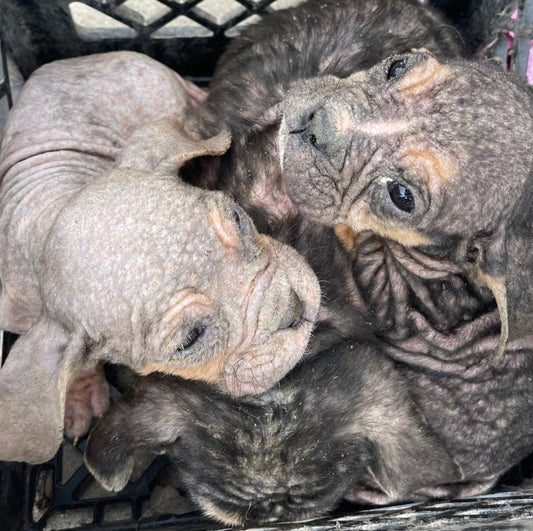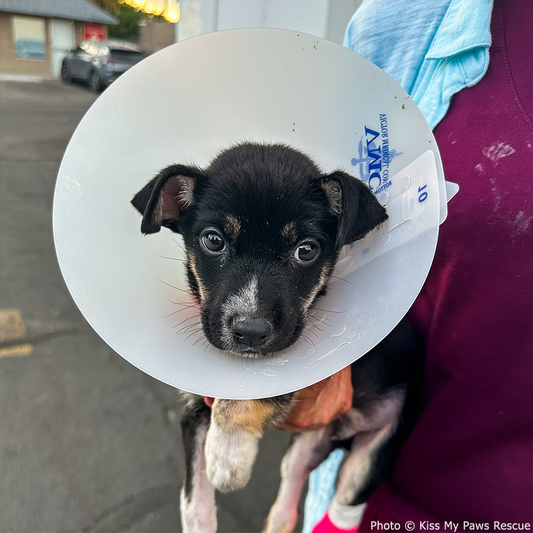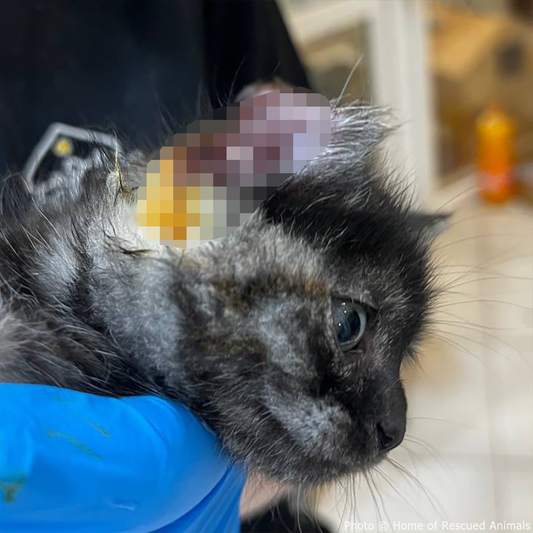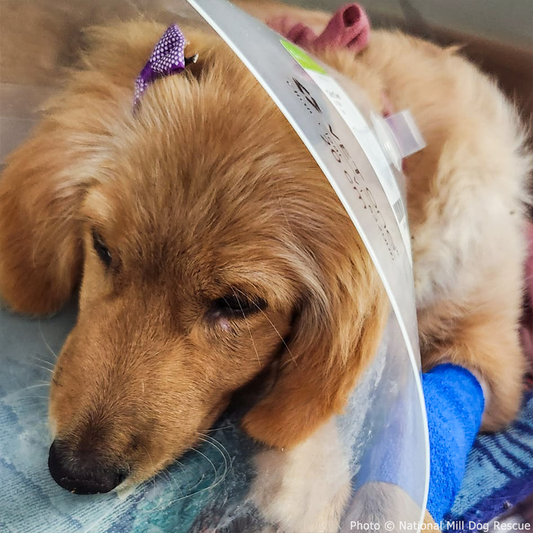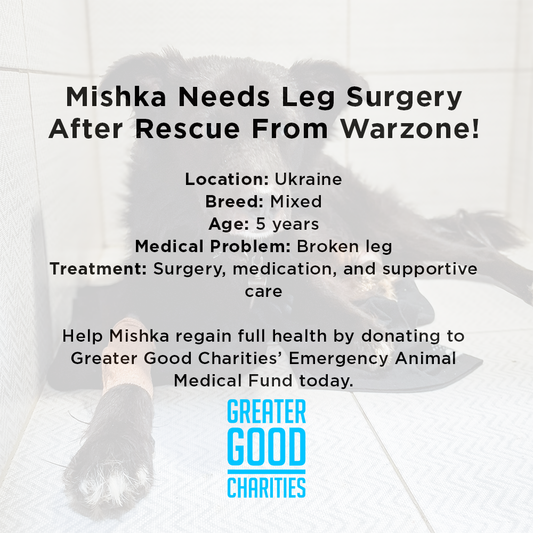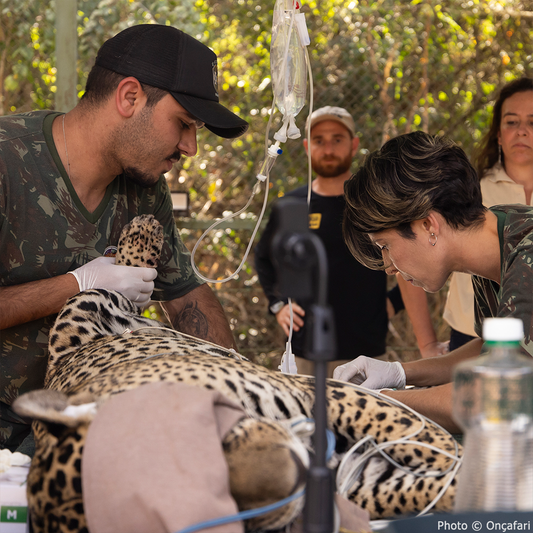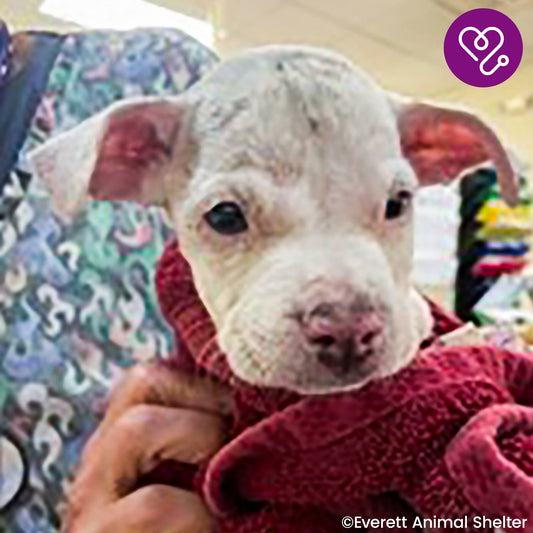Post-Mastectomy Fat Grafting: 4 Pros and 4 Cons
Elizabeth Morey
Fat grafting, also known as autologous fat transfer, is a somewhat novel procedure occasionally performed after a mastectomy in place of traditional reconstruction procedures. It replaces the patient's original breast with liposuctioned fat taken from another area of the body, generally the thighs, belly, or buttocks.
It should be noted that fat grafting is different from lipofilling, which is meant only to correct small issues in the shape or size of the breast after a lumpectomy or other similar procedure. Fat grafting, on the other hand, replaces most of the breast or the entire breast with fat taken from another area of the body.
While fat grafting sounds like the perfect way to get your breasts reconstructed without adding a foreign object to your body, it has been a bit controversial. The technique has not been around long enough for doctors to know what the long-term results will look like, and there are several drawbacks that, for some women, may outweigh the potential benefits.
Take a look at the list below to learn four great reasons to have fat grafting done—and four reasons why you might not want to.
5 Pros of Fat Grafting
5 Pros of Fat Grafting
1. Fat is easy to mold.
Fat is an awesome tool for doctors to use to make your breast the right shape and size, because it's very easy to mold into whatever shape you need. Its flexibility allows doctors to make a more gradual contour that looks more natural between the breast mound and the chest wall.
2. It's natural!
One of the best things about this procedure is that it doesn't require the insertion of any foreign object into your breast, at least not permanently. When it's all over and you've healed completely, you're going to feel as normal as possible, and you won't have to worry about any of the concerns you might have had with a typical reconstructed breast, such as the possibility of your implants leaking, popping, causing discomfort, or not feeling like real breasts. This procedure replaces "like with like," which means your body is less likely to struggle to "accept" your new breasts. They'll feel soft, natural, and warm.
3. You can get rid of excess fat in another area.
Depending on the size of your original breasts (or the size of breasts that you're choosing to have reconstructed), you may get to "lose" a significant amount of fat in another area of your body where you may have some excess you'd like to get rid of. Say goodbye to those thunder thighs! While you won't lose any weight in the transfer, you may find you like the distribution of your fat better than you did before.
4. You won't have to undergo major surgery.
If you've had a mastectomy or plan to, you probably aren't excited about having any other major surgeries in the near future. Luckily, fat grafting is a much more minor procedure, although you may have to have it done four to six times to get the amount of tissue you want in your breast.
Click "next" below to learn about some of the potential issues with fat grafting.
5 Cons of Fat Grafting
5 Cons of Fat Grafting
1. Certain people may not be eligible.
If you suffer not just from cancer but also from certain comorbid disorders, you may have issues with this procedure not working properly. If you smoke, you may also be at risk for something going wrong.
2. There are still some unknowns.
Because the procedure hasn't been in existence for very long, doctors still don't know everything there is to know about the safety of the procedure and the long-term results. While most patients seem to be happy with their results in the short-term and seem relatively healthy, experts worry that this may change down the road. No large long-term studies have been done on this technique. Most of the research that has been conducted has a follow-up time of fewer than four years.
3. Fat is easy to mold.
That's right; the same point that we put on the pros list is also on the cons list. Fat's malleability may make it the perfect tool for reshaping a breast, but that means it also has the potential to lose its shape over time, due either to gravity or some other type of pressure. If you're a stomach sleeper, for example, the pressure of your body weight on your breasts could cause them to become flatter than you'd like them to be. It's really too soon to tell how big of an issue this will be.
4. You may experience necrosis or absorption.
If the fat inserted during your grafting procedure doesn't adhere properly to the existing tissue, it may not have the nutrients it needs to survive, leading to fat cell death, also called necrosis. Symptoms of this issue include pain and bleeding, darkening of the skin, numbness, fever, and sores that ooze an odorous discharge. Even if the fat cells don't die, some of the fat could be absorbed into the existing tissue, leaving you with much less breast than before. Some doctors add more fat than you think you need and ask their patients to wear external expanders for several weeks to prevent these two issues from occurring.
If you're considering having a fat grafting procedure done, talk to your doctor about the pros and cons, as well as what precautions he or she takes to prevent potential issues. This is your body and your life, and you deserve to have all the information available before you make your big decision about what type (if any) breast reconstruction you will have.

Elizabeth Morey graduated summa cum laude from Aquinas College in Grand Rapids, MI, where she dual majored in English Literature and Spanish with minors in Writing and Business Administration. She was a member of the school's Insignis Honors Society and the president of the literary honors society Lambda Iota Tau.
Some of Elizabeth's special interests include Spanish and English linguistics, modern grammar and spelling, and journalism. She has been writing professionally for more than five years and specializes in health topics such as breast cancer, autism, diabetes, and Alzheimer's disease. Apart from her work at GreaterGood, she has also written art and culture articles for the Grand Rapids Magazine.
Elizabeth has lived in the beautiful Great Lakes State for most of her life but also loves to travel. She currently resides a short drive away from the dazzling shores of Lake Michigan with her beloved husband.







